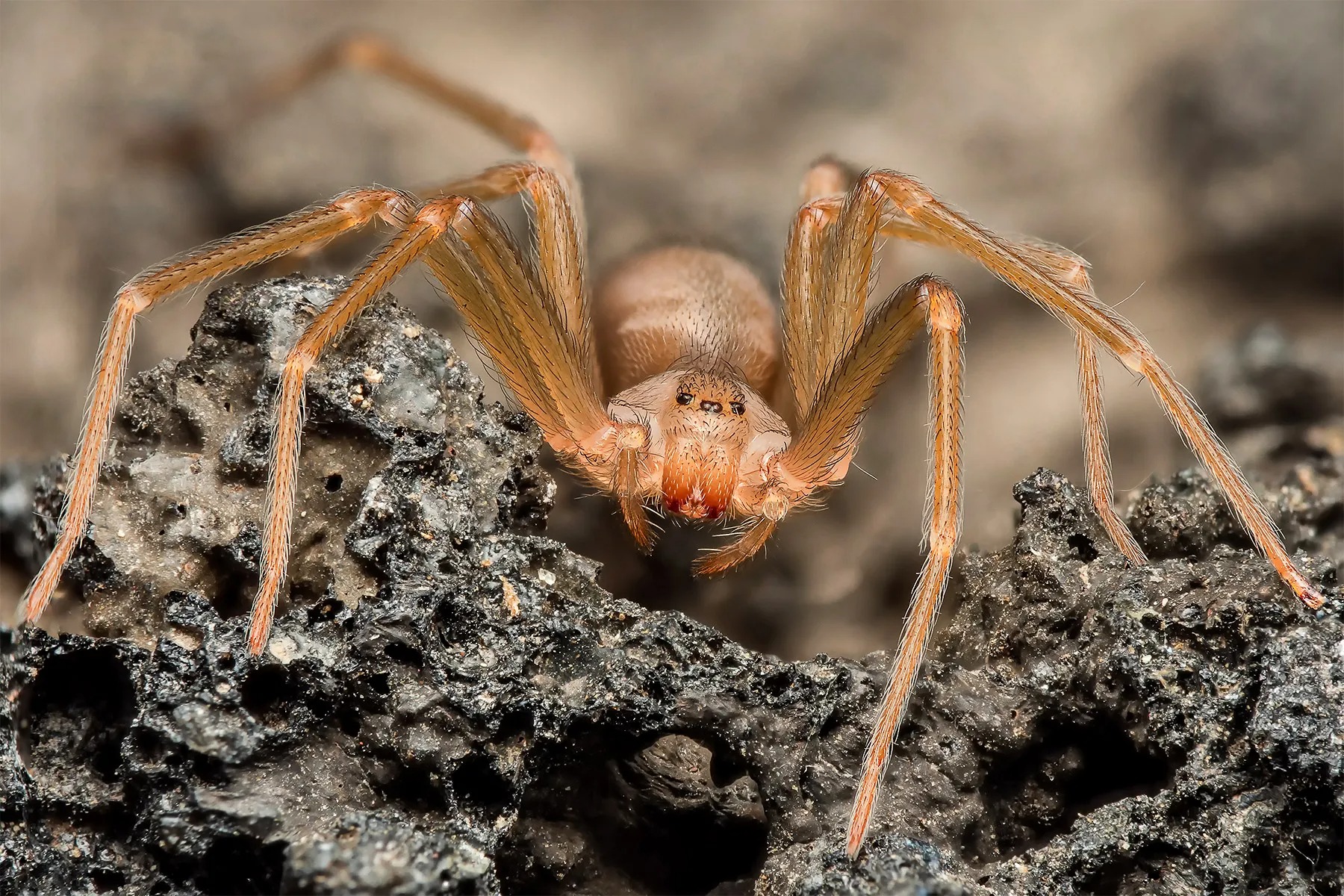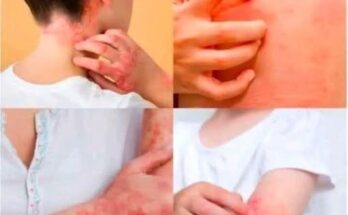HT1. If You See One of These in Your Home, Don’t Touch It – Just Run!

Your home should be a safe space—but occasionally, it can harbor hidden dangers that are best left to professionals. From certain types of venomous wildlife to toxic mold, it’s important to know what to avoid and how to respond safely.
This guide explores potentially harmful household encounters backed by verified information from health and environmental agencies. When in doubt, remember: Don’t touch—get help.
1. Brown Recluse Spider (Loxosceles reclusa)
While many household spiders are harmless, the brown recluse spider is one species that poses medical concern. Found primarily in the Midwestern and Southern United States, it typically hides in dark, undisturbed areas such as closets, basements, attics, and behind furniture.
The brown recluse can be identified by a distinct violin-shaped marking on its back. Although bites are rare and usually occur when the spider is accidentally pressed against skin (e.g., while dressing), they can cause localized tissue damage and, in rare cases, systemic symptoms.
What Experts Say:
According to the Centers for Disease Control and Prevention (CDC), the reaction to a brown recluse bite varies widely. Some bites may heal without intervention, while others may lead to serious skin necrosis. Immediate medical attention is recommended if you suspect a bite.
What to Do:
- Do not attempt to kill or capture the spider.
- Contact pest control professionals for proper identification and management.
- If bitten, seek medical attention promptly.

2. Coral Snake (Micrurus spp.)
In warmer regions such as the Southeastern United States, the coral snake is another rare but serious threat. These snakes are brightly colored with bands of red, yellow, and black, and while reclusive and non-aggressive, they are among the most venomous snakes in North America.
Due to their similar appearance, coral snakes are often confused with non-venomous lookalikes, such as the scarlet kingsnake. However, attempting to distinguish them during an encounter is not recommended.
What Experts Say:
The Florida Museum of Natural History advises that coral snake bites are uncommon, but the neurotoxic venom can cause serious health complications if not treated with antivenom.
What to Do:
- Do not approach or handle any snake indoors or outdoors.
- Call animal control or a licensed wildlife removal service.
- In the event of a bite, seek emergency medical care immediately.

3. Black Mold (Stachybotrys chartarum)
Black mold is a type of toxic fungus that can appear in homes with excessive moisture, especially following water damage, flooding, or plumbing leaks. It often looks like dark greenish-black patches and can emit a strong musty odor.
Long-term exposure to black mold may cause respiratory issues, particularly for individuals with asthma, allergies, or weakened immune systems.
What Experts Say:
According to the U.S. Environmental Protection Agency (EPA), mold can cause a variety of health effects. It is especially concerning for young children, the elderly, and people with pre-existing respiratory conditions.
What to Do:
- Do not attempt to clean black mold with bleach or household cleaners—this can release harmful spores into the air.
- Contact a certified mold remediation specialist for inspection and safe removal.
- Address the underlying moisture problem to prevent future growth.

4. Suspicious Packages or Devices
While extremely rare, there have been isolated incidents involving suspicious packages or unknown devices left on porches, in mailboxes, or near entryways. These may pose risks if they contain unidentified substances or tampered components.
What Experts Say:
The U.S. Postal Inspection Service (USPIS) advises the public to be vigilant about packages without return addresses, excessive postage, or unusual smells or stains. While most unexplained packages are harmless, caution is always advised.
What to Do:
- Do not touch, open, or move the item.
- Clear the area and keep others away.
- Call local law enforcement or the postal inspection service immediately.
Why Caution Matters
Your home may seem secure, but unintentional exposure to venomous species, toxins, or suspicious materials can have serious consequences. These threats are rare, but when they do occur, your response time and method are crucial.
Trying to remove a spider, snake, or mold growth yourself may:
- Worsen the situation
- Expose you to bites, toxins, or respiratory hazards
- Delay professional intervention
In all of these cases, the safest course of action is to:
- Remain calm
- Keep a safe distance
- Call qualified professionals

Final Thoughts: When in Doubt, Call for Help
Whether it’s a potentially venomous spider, a mysterious mold patch, or an unfamiliar package, your safety should always come first. Never let curiosity override caution. Even seemingly minor situations can carry hidden risks.
The key takeaway?
If you encounter something unusual, don’t touch it—get professional assistance.
By staying informed and prepared, you can make your home not only more comfortable—but also safer for everyone inside.
Verified Sources:
- Centers for Disease Control and Prevention (CDC) – Brown Recluse Spiders
- Florida Museum of Natural History – Coral Snake Facts
- U.S. Environmental Protection Agency (EPA) – Mold in Homes
- U.S. Postal Inspection Service – Suspicious Mail Guide



